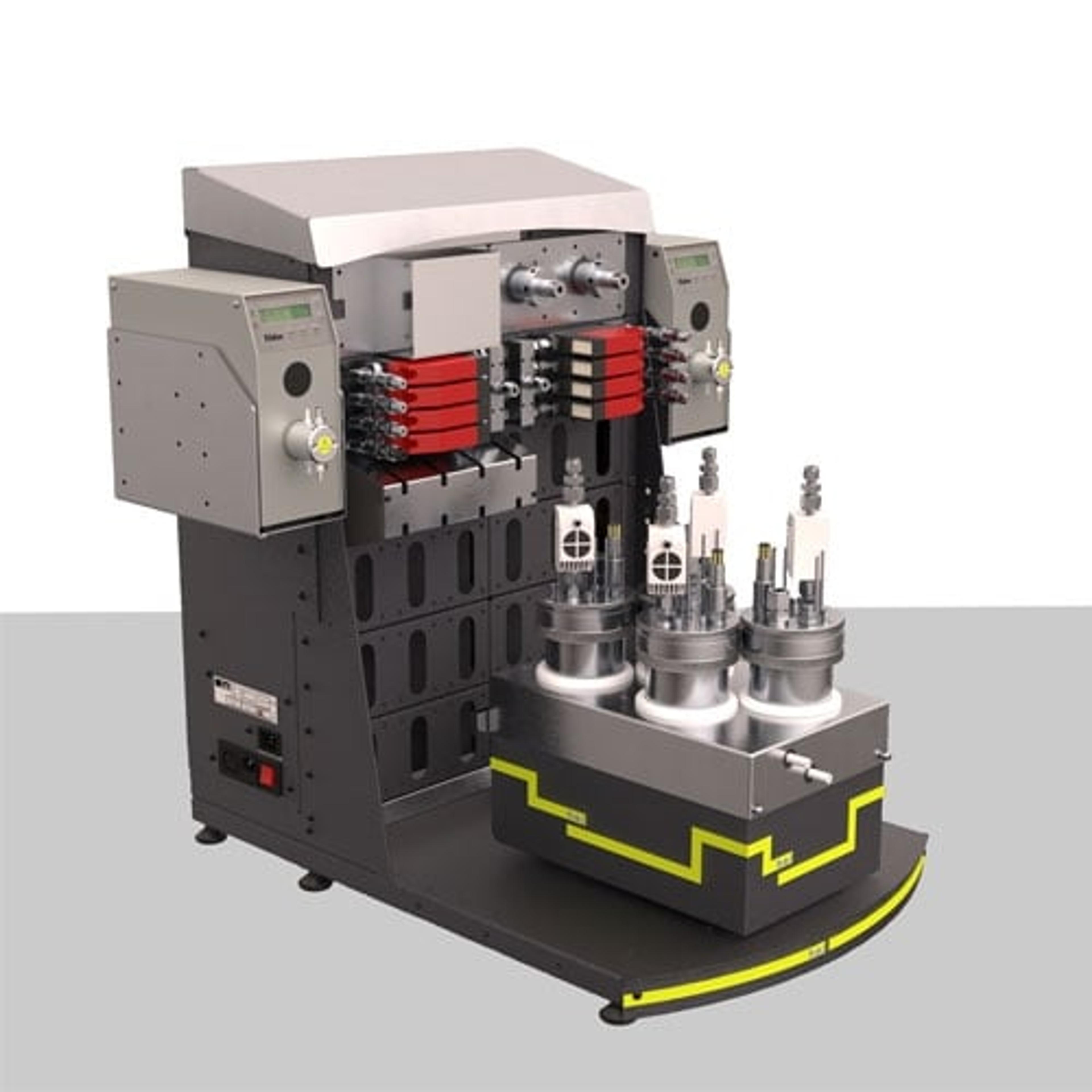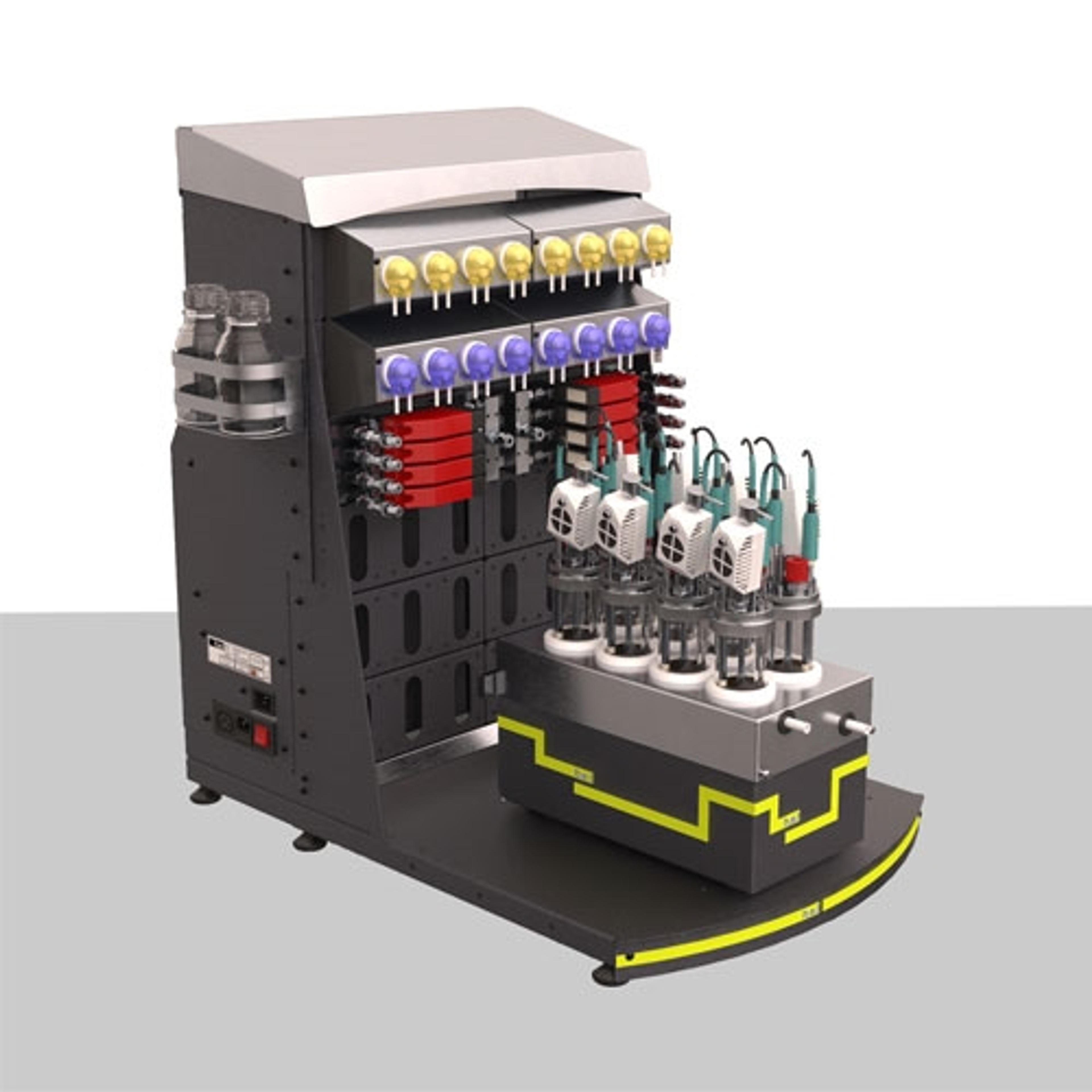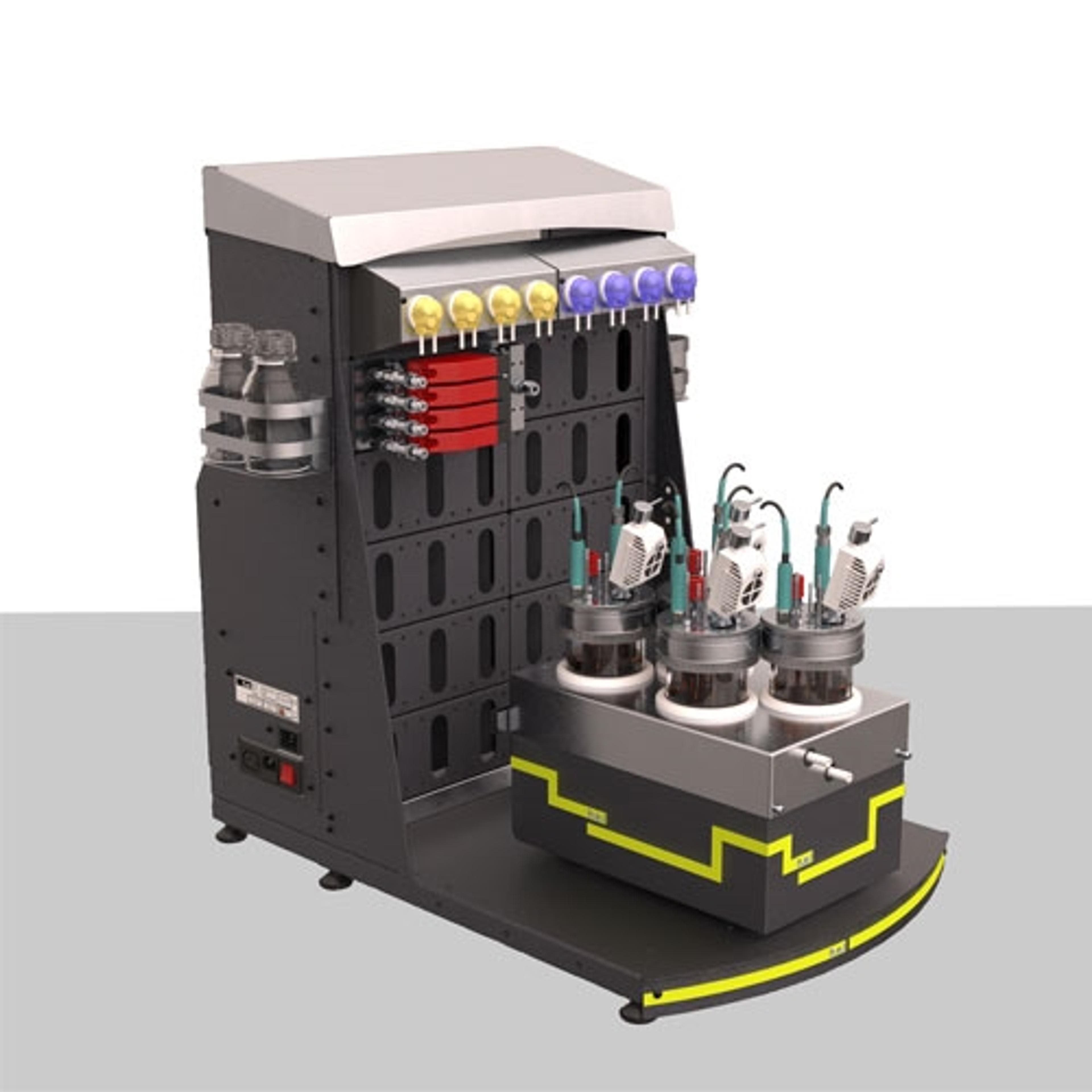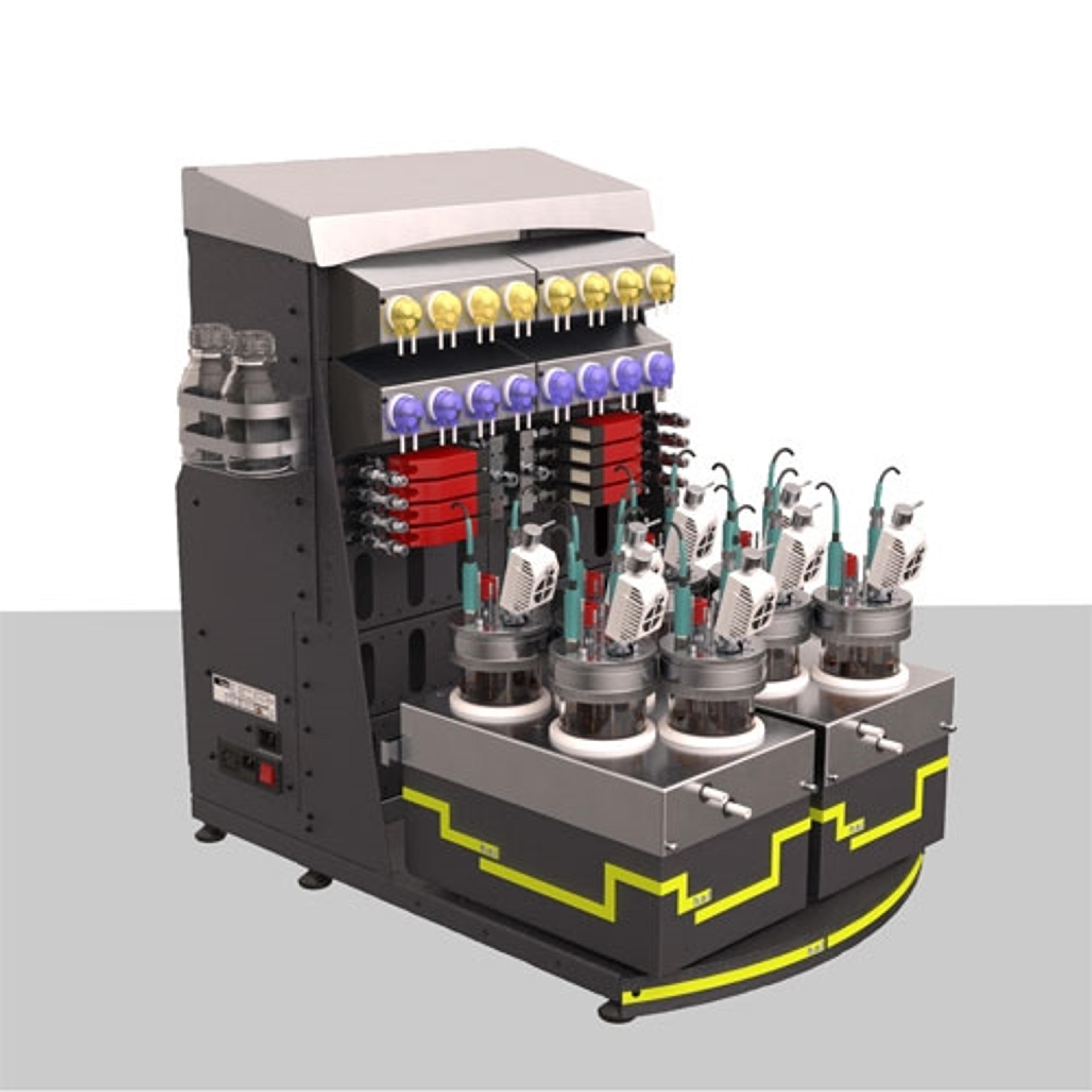5 ways in which bioreactors can help with the global challenges of the 21st century
Delve into the positive contributions of bioreactors across different industries
13 Nov 2023
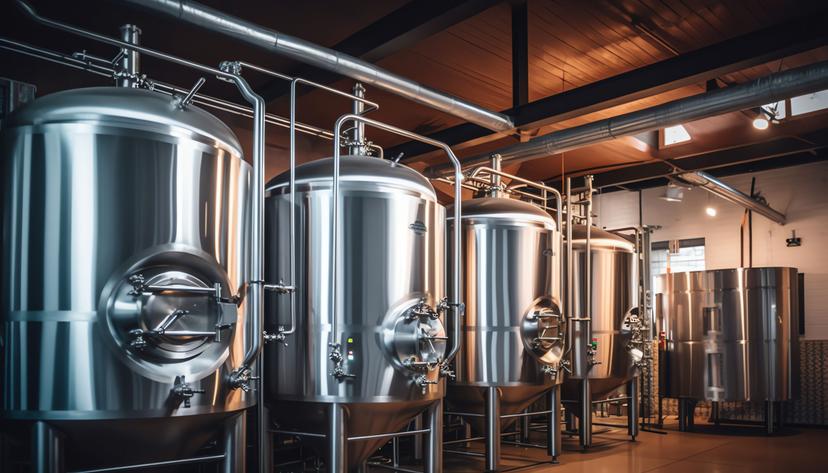
Bioreactors are incredibly versatile tools. Historically they have been used for food fermentations (e.g, beer, tofu) and, more recently, for the production of pharmaceuticals or biofuels1. This article will delve into how bioreactors can also help with threats such as rising global health concerns, the climate change emergency, and the waste management crisis.
Sustainability and good production
The current human population is estimated to be 8 billion people, and it keeps growing. Modeling studies have suggested that it will peak at 10.4 billion people between 2070 and 20802. Securing food supplies for so many people is becoming harder to achieve. This situation has led to the use of agricultural and farming practices that can cause environmental and ethical issues. Monoculture farming results in impoverished soils and accelerated desertification processes. Methane, a greenhouse gas with over 23 times more heat retention capabilities than CO2, is known to be produced in inundated rice paddies and intensive cattle farming. Current research using bioreactors has shown promising results for producing lab-grown meat, reducing the emission of gases linked to cattle. Photobioreactors have also been used to produce algae, a valuable source of nutrients that can be used for human consumption.
Climate change mitigation
Bioreactors may also play a vital role in maintaining the atmospheric concentration of greenhouse gases at lower levels. The use of photobioreactors can help remove CO2 by using algae and cyanobacteria. Alternatively, using C-fixing bacteria can help remove CO2 from waste gas from industrial processes (decarbonization), producing high-added value chemicals, such as organic acids. Anaerobic (O2-independent) processes in bioreactors can help in the production of methane under controlled conditions, preventing this gas from being released into the atmosphere. Instead, this gas can be used as fuel (biogas) in home and industrial settings.
Biofuel production
Fermentative organisms can be a source of biofuel. For example, baker’s yeast (Saccharomyces cerevisiae) is a well-known ethanol producer, and Clostridium acetobutylicum produces butanol. Another alternative is using photosynthetic organisms belonging to genera such as Chlorella or Scenedesmus, which can accumulate high levels of fixed carbon as lipids. These lipids can be extracted and converted into biodiesel.
Waste management
The process of organic waste treatments, both liquid and solid, involves a series of steps mediated by microbial activity, which will break down complex molecules. However, under uncontrolled conditions, this process can result in leachates that can pollute drinking water sources. Other by-products of this process are gases, including some greenhouse gases and other gases, such as H2S, which have very strong and unpleasant odors. Bioreactors provide controlled environments enabling the optimization of physicochemical parameters, reducing the formation of by-products. Also, due to their flexibility and versatility, they can be designed so that undesired products can be re-directed into further treatment and storage, avoiding uncontrolled release to the environment.
Clean water production
Fresh water is a scarce resource that is becoming less and less abundant due to global warming, the acceleration of desertification, and an increase in the frequency of droughts. Microbial activity can break down pollutants in water, and bioreactors especially designed for water treatment have been proven to be of great help. Aerobic processes result in organic matter mineralization, producing CO2 as the final product. Combining this process with membranes to filter the microbial matter, yields cleaner clarified water that can be released to river courses. Water polluted with organic matter has an added risk: eutrophication. This process occurs when nitrogen and phosphorus are present in the water, which can trigger algal blooms. The formation of dense algae mats on the surface of water prevents the light from reaching the majority of photosynthetic organisms. The accumulation of dead organic matter increases the concentration of bacterial cells, which will consume the oxygen, killing the large fractions of the ecosystem. However, efficient and controlled removal of nitrates and phosphate can be used to produce fertilizers.
A key to a more sustainable future
The flexibility and versatility of bioreactors, means they are vital players for a future in which energy is green and food is sustainably produced. By unlocking the power of biology, these vessels can turn trash into treasure, helping to solve some of the biggest threats humanity faces currently.
References
https://helgroup.com/blog/evolution-of-bioreactors/
https://www.bbc.com/future/article/20220905-is-the-world-overpopulated#:~:text=Estimates%20vary%2C%20but%20we're,billion%20people%20on%20the%20planet.

